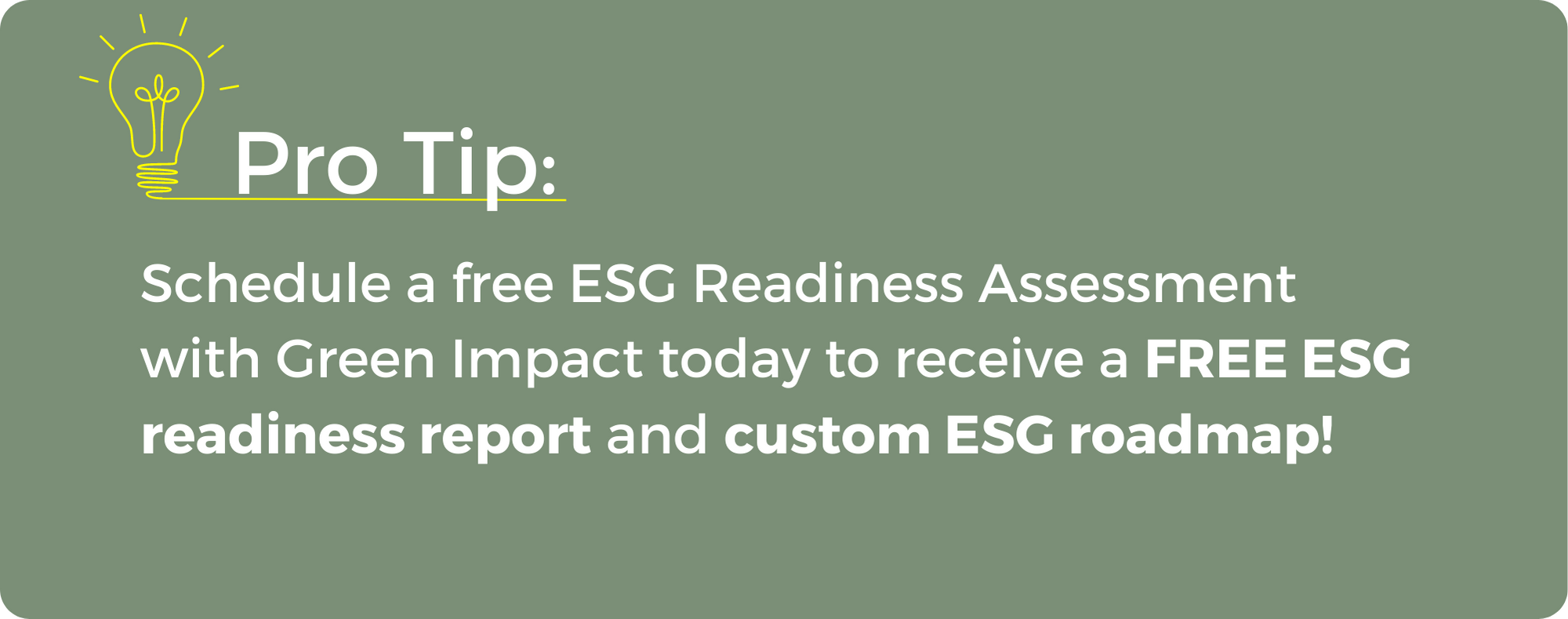ESG reporting is more important than ever. But with so many different frameworks, how do you create a high quality ESG report? These are the 5 steps to producing a comprehensive ESG report.
- Materiality Assessment: Conducting a materiality assessment allows your company to understand which assets affect your carbon footprint. Create a good starting point for Environmental, Social, and Governance topics that you should be reporting on by identifying stakeholder expectations and business impacts.
- Baseline Data: Establish a benchmark for your progress by gathering baseline data. Informed by your materiality assessment, identify metrics, current performance, and impacts of your material topics.
- Goal Setting: Set SMART (Specific, Measurable, Actionable, Realistic, Time-Bound) goals to work towards using the information you’ve gathered during your benchmarking and materiality assessment.
- Strategy: Solidify your short-term and long-term strategy to meet your goals. Break this strategy down into tangible steps. Creating an ESG roadmap can help define your next steps and long-term plan.
5. Reporting: Now that your plan is in place, choose relevant reporting frameworks such as GRI, SASB, or other globally recognized standards to align your reporting with for comparability in your industry and to create consistency across your reporting. Not sure which frameworks are right for you? Download our free guide to get started.
Now that you’ve got the components of a good ESG report, you’re one step closer to mastering ESG and reaping all the benefits that come along with it. Fast-track your ESG journey by partnering with Green Impact. Our experts provide services for every aspect of ESG compliance, including Net Zero Cloud implementations for tracking your data, ESG road mapping, and reporting guidance.
